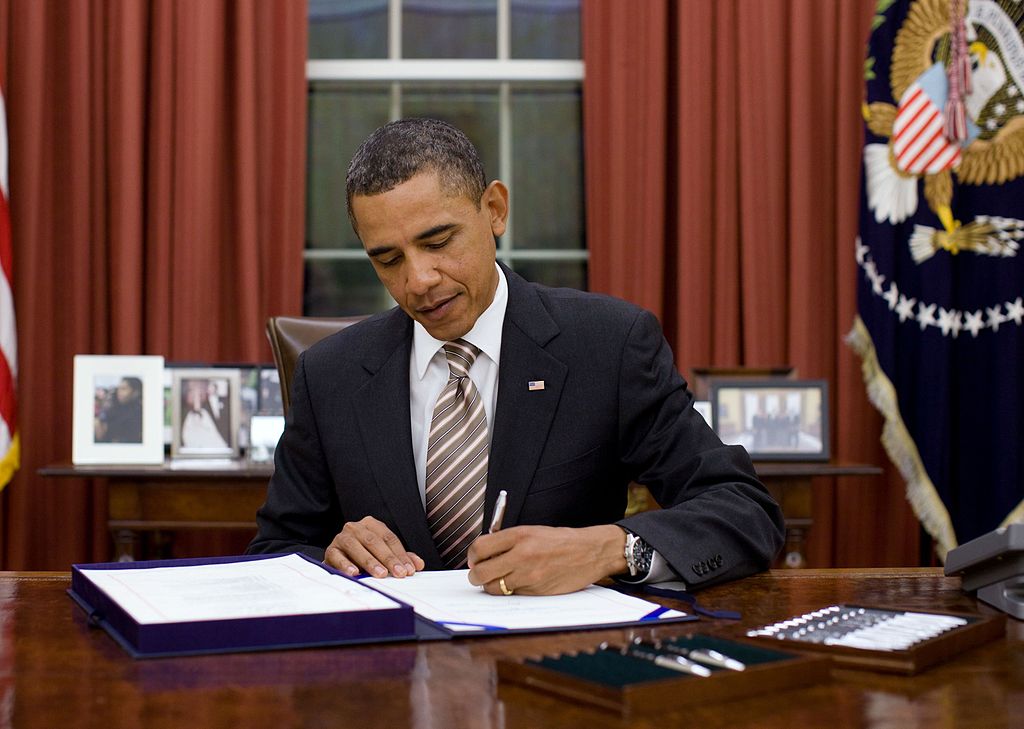The Limits of Badger Care
Someone earning more than $7.81 hour is ineligible. Many more will lose coverage if Obamacare ended.
Federal policy guidelines that were adjusted for inflation last week are worth examining because they help illustrate the challenges faced by low-income working families. They show, for example, that single parents with one child are currently ineligible for BadgerCare if they have a full-time job that pays more than $7.81 per hour.
The positive thing about the new guidelines is that they expand eligibility for a small number of people who had a tiny bit too much income to qualify for benefits in December. But that’s only true if they didn’t get a raise in January greater than the modest 1.3% increase in the poverty guidelines. For a family of three, the poverty level is now $20,420, which is $260 more than last year.
Examining the table on our website helps show why many low-income adults in Wisconsin are still uninsured – despite the substantial progress made in 2014 and 2015 in reducing our state’s uninsured population, and it helps illustrate why far more will become uninsured if the Affordable Care Act (ACA) is changed in ways that increase costs for low-wage workers.
Here are a few interesting and troublesome implications of how the 2017 poverty levels relate to BadgerCare eligibility:
- For a single parent with one child, the BadgerCare income limit amounts to $7.81 per hour (assuming a 40-hour work week). In other words, an adult in a two-person family will be ineligible for BadgerCare if they make just 60 cents per hour more than the minimum wage.
- For single childless adults, the BadgerCare income ceiling is $1,005 per month, which is equivalent to working 32 hours per week at the minimum wage. If they have a full-time minimum wage job they will have to seek subsidized private coverage through the federal Marketplace, but the higher cost-sharing puts that out of reach for many low-income people.
- In states that used the ACA to expand Medicaid eligibility for adults to 138% of FPL, the income limit amounts to $8.00 per hour for a childless adult and $10.77 for a single parent with one child.
- In Wisconsin, which cut in half the income eligibility limit for adults in 2014, the potential demise of the federal insurance Marketplace in 2018 would mean that a single mother with one child won’t have access to affordable insurance if she makes more than $7.81 per hour.
The WCCF website has an infographic that contains the new federal poverty levels and shows how they relate to different categories of eligibility for BadgerCare and subsidized coverage in the federal health insurance Marketplace.
One of the recent trends among conservative lawmakers is that they are talking in terms of creating a plan that provides “universal access” to health insurance, rather than striving for universal insurance coverage. The implications of that shift in verbiage aren’t altogether clear, but many analysts think it means there will be higher cost-sharing requirements for low-income families above the poverty level, and perhaps also for adults below that level.
As the debate about repealing the ACA unfolds, think about the financial challenges facing a single parent in Wisconsin who has one child and is making more than $7.81. Try to imagine how you would cover rent, utilities, food, clothing, transportation and other expenses for your family, and then pay health insurance premiums and deductibles on top of all those other household costs.
Wisconsin Budget
-
Charting The Racial Disparities In State’s Prisons
 Nov 28th, 2021 by Tamarine Cornelius
Nov 28th, 2021 by Tamarine Cornelius
-
State’s $1 Billion Tax Cut Leaves Out 49% of Taxpayers
 Sep 21st, 2021 by Tamarine Cornelius
Sep 21st, 2021 by Tamarine Cornelius
-
TANF Program Serves a Fraction of Poor Families
 Aug 30th, 2021 by Jon Peacock
Aug 30th, 2021 by Jon Peacock





















